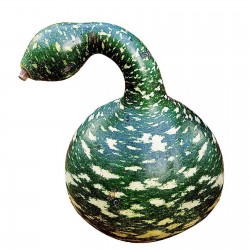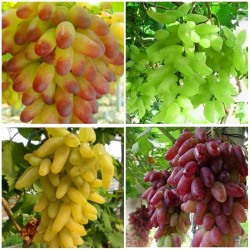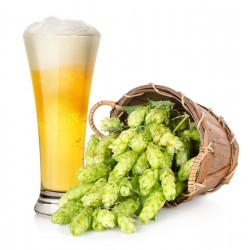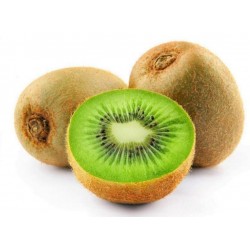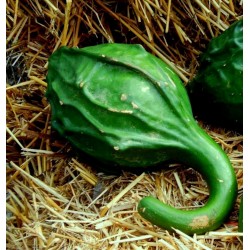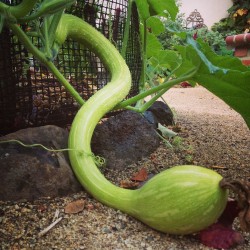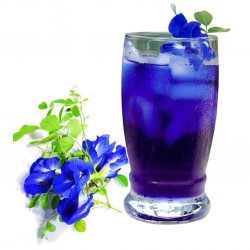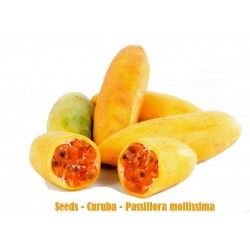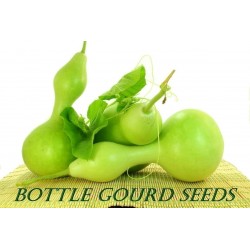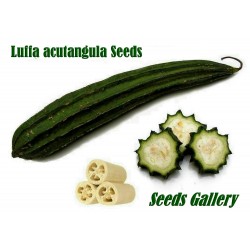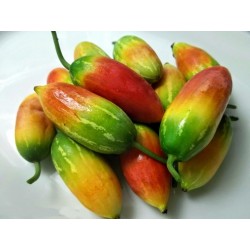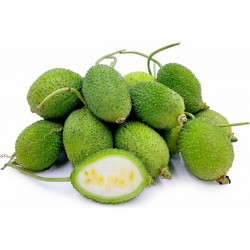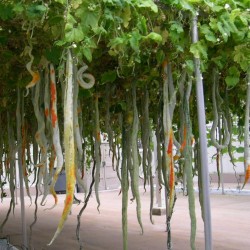
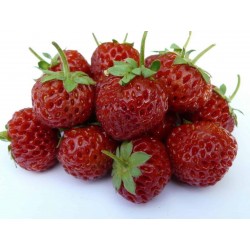
Rare “Framberry”...
Ціна
4,00 €
(SKU: V 1 F)
Seeds Gallery EU,
5/
5
<h2><strong><em><span style="text-decoration:underline;">Rare “Framberry” Strawberrie Seeds “RED DREAM”</span></em></strong></h2>
<h3><span style="color:#ff0000;"><strong>Price for Package of 5 seeds.</strong></span></h3>
<p>It’s a new fruit for 2014, resembling a strawberry, but tastes like a raspberry!</p>
<p>Framberry's are a unique fruit, which will tantalize your taste buds While looking like a traditional strawberry they have a flavor completely different.</p>
<p>They are a mixture between a raspberry and a strawberry delivering the fresh taste of summer in one bite.</p>
<p> </p>
<p>Grow in pots, beds or in the ground.</p>
<p> Will produce fruits from mid- june to mid- july.</p>
<p>After fruiting prune all leaves to help with a good crop the following year.</p>
<p>Protect from heavy frosts</p>
<p><strong>Still very rare, not easy to find, and we only have limited stocks for 2014!</strong></p>
<table cellspacing="0" cellpadding="0" border="1"><tbody><tr><td colspan="2" width="100%" valign="top">
<p align="center"><span style="color:#008000;"><strong>Sowing Instructions</strong></span></p>
</td>
</tr><tr><td valign="top" nowrap="nowrap">
<p align="center"><span style="color:#008000;"><strong>Propagation:</strong></span></p>
</td>
<td valign="top">
<p align="center"><span style="color:#008000;">Seeds</span></p>
</td>
</tr><tr><td valign="top" nowrap="nowrap">
<p align="center"><span style="color:#008000;"><strong>Pretreat:</strong></span></p>
</td>
<td valign="top">
<p align="center"><span style="color:#008000;">0</span></p>
</td>
</tr><tr><td valign="top" nowrap="nowrap">
<p align="center"><span style="color:#008000;"><strong>Stratification:</strong></span></p>
</td>
<td valign="top">
<p align="center"><span style="color:#008000;">0</span></p>
</td>
</tr><tr><td valign="top" nowrap="nowrap">
<p align="center"><span style="color:#008000;"><strong>Sowing Time:</strong></span></p>
</td>
<td valign="top">
<p align="center"><span style="color:#008000;">all year round</span></p>
</td>
</tr><tr><td valign="top" nowrap="nowrap">
<p align="center"><span style="color:#008000;"><strong>Sowing Depth:</strong></span></p>
</td>
<td valign="top">
<p align="center"><span style="color:#008000;">Needs Light to germinate! Just sprinkle on the surface of the substrate + gently press</span></p>
</td>
</tr><tr><td valign="top" nowrap="nowrap">
<p align="center"><span style="color:#008000;"><strong>Sowing Mix:</strong></span></p>
</td>
<td valign="top">
<p align="center"><span style="color:#008000;">Coir or sowing mix + sand or perlite</span></p>
</td>
</tr><tr><td valign="top" nowrap="nowrap">
<p align="center"><span style="color:#008000;"><strong>Germination temperature:</strong></span></p>
</td>
<td valign="top">
<p align="center"><span style="color:#008000;">20-25°C</span></p>
</td>
</tr><tr><td valign="top" nowrap="nowrap">
<p align="center"><span style="color:#008000;"><strong>Location:</strong></span></p>
</td>
<td valign="top">
<p align="center"><span style="color:#008000;">bright + keep constantly moist not wet</span></p>
</td>
</tr><tr><td valign="top" nowrap="nowrap">
<p align="center"><span style="color:#008000;"><strong>Germination Time:</strong></span></p>
</td>
<td valign="top">
<p align="center"><span style="color:#008000;">1 - 8 weeks</span></p>
</td>
</tr><tr><td valign="top" nowrap="nowrap">
<p align="center"><span style="color:#008000;"><strong>Watering:</strong></span></p>
</td>
<td valign="top">
<p align="center"><span style="color:#008000;">Water regularly during the growing season</span></p>
</td>
</tr><tr><td valign="top" nowrap="nowrap"> </td>
<td valign="top">
<p align="center"><br /><span style="color:#008000;"><em>Copyright © 2012 Seeds Gallery - Saatgut Galerie - Galerija semena. </em><em>All Rights Reserved.</em></span></p>
</td>
</tr></tbody></table>
V 1 F





